Description
VW Transporter T1 (Type 2) Hardcover book (fragment of text)
More than 70 years ago, on March 8, 1950, the first Volkswagen Transporter rolled off the assembly line at the Wolfsburg plant. After the Beetle passenger car, this model became the second global bestseller with the VW emblem.
Over the seven decades of its history, more than 13 million Transporters in different versions and modifications went out to customers.
Europe’s reviving post-war economy needed a simple and low-maintenance commercial vehicle. Volkswagen formulated the concept of the future model this way: opposed engine at the rear, driver in front, and a lot of useful space between them.
On November 11, 1949, Volkswagen showed the first prototype of the future new vehicle to the press. Initially, they wanted to call the car the “Bully”, but it turned out that another company had already registered the name at the patent office.
As a result, it was slightly changed, and “Bully” turned into “Bulli.” This name remained the car’s unofficial designation for a long time, until Volkswagen Commercial Vehicles was finally able to register the rights to the trademark in 2007.
In 1950, Volkswagen began mass production of the Type 2 model. For many years, this was the name of the vehicle that became familiar to us as the Transporter only in its third generation, and even then, only to designate the cargo version.
The powertrain was inherited from the Beetle, and the body with a reinforced chassis was an original design. The first generation T1 was offered in three versions: a cargo van, the Kombi with removable seats, and an 8-seater minibus. The maximum vehicle capacity reached 750 kg.
Initially, access to the cargo compartment was through hinged doors on the right side of the body, and later it was possible to order doors on the other side. The cost of the new vehicle started at 5,850 DM. The first Type 2 cars were exported already in December 1950.
The most legendary version of the Bulli appeared in 1951, the Microbus De Luxe, which was unofficially known as the Samba. The vehicle was presented at the “home” auto show in Frankfurt. The minibus not only had side windows, but also additional windows in the roof slopes. Furthermore, it had a sliding fabric sunroof.
In 1952, a pickup truck was added to the range of modifications. Moreover, small private companies offered their own versions of special bodies for various needs.
For example, Westfalia developed a set of equipment and accessories to make it possible to turn a Transporter into a camper van. In the years that followed, the idea found many fans around the world.
In 1956, Transporter production was moved to the company’s new factory in Hanover, which could meet the ever- growing demand for the new model. In 1957, production of a commercial model started in Brazil.
By 1967, when the second generation Transporter appeared, the company had produced about 1.83 million copies of the T1, winning recognition from consumers around the world.
The vehicle, created in Wolfsburg at the turn of the 1950s, had no counterparts. Unlike small buses and light vans, which used a frame construction, the Transporter had a carriage body.
A passenger version with eight seats or all-metal van to carry 750 kg of cargo with a rear-mounted, air-cooled opposed engine was a bold decision. In fact, Volkswagen Type 2 was the pioneer and forefather of the compact van and minivan class.
Read the continuation of VW Transporter T1 (Type 2) story in the book.
Other books about history of Volkswagen:
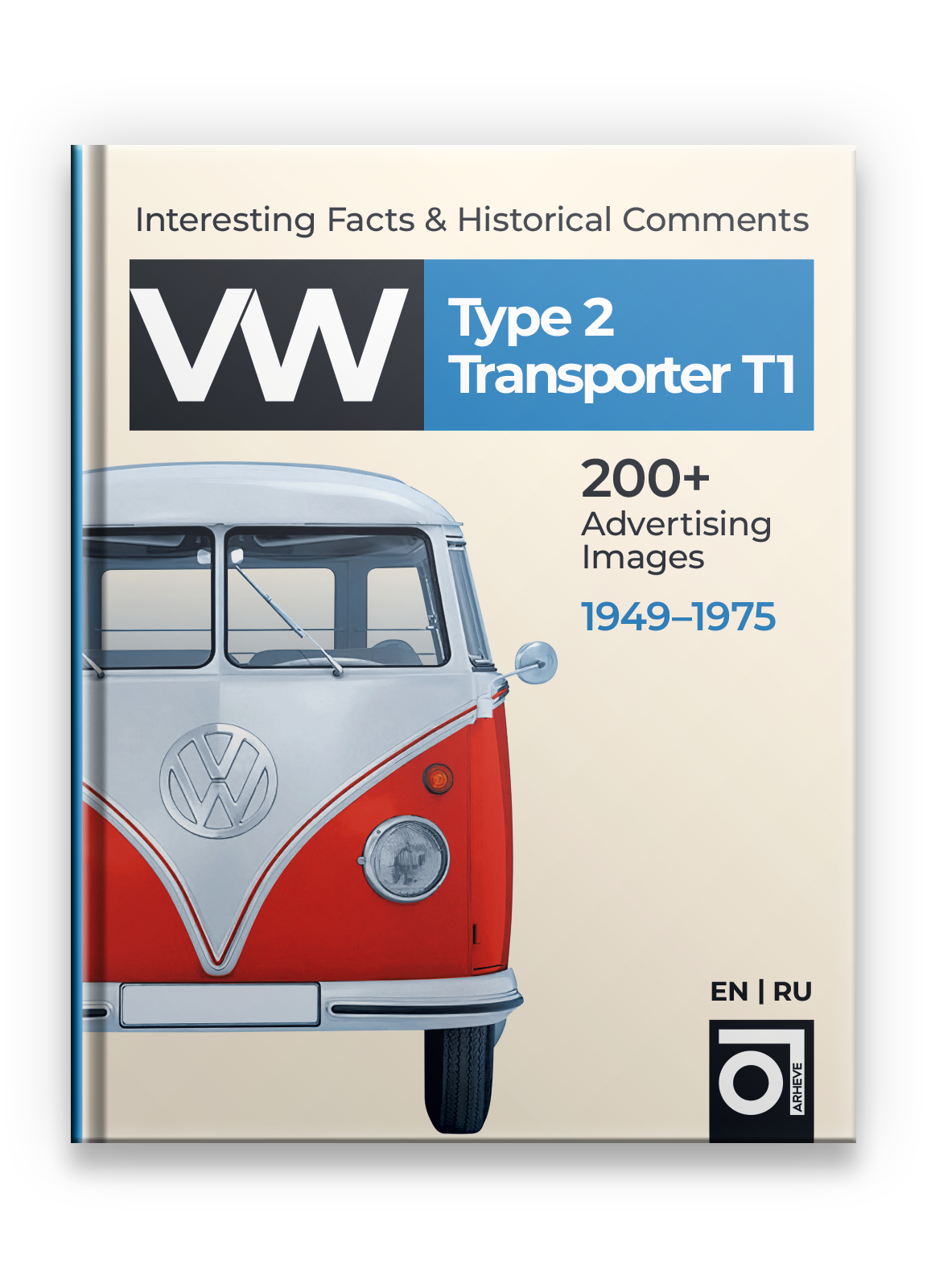











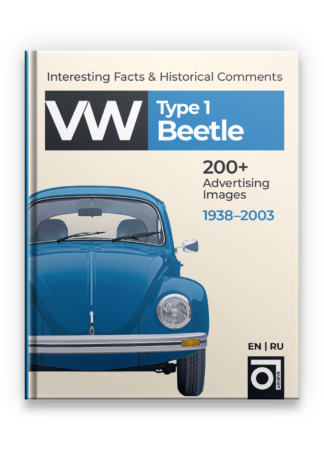
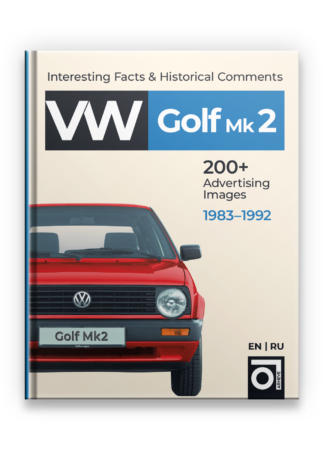
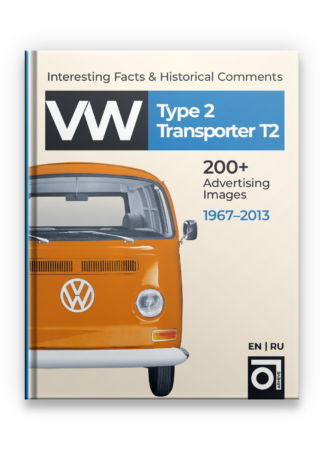
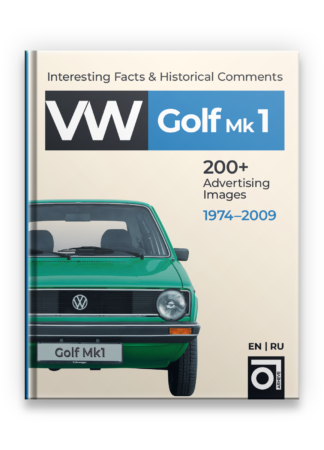

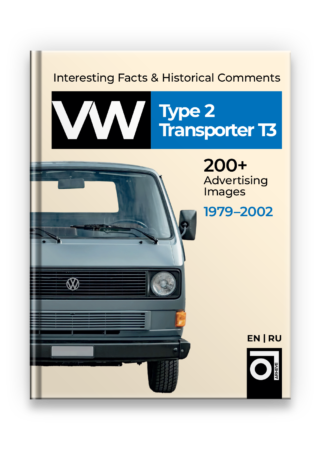
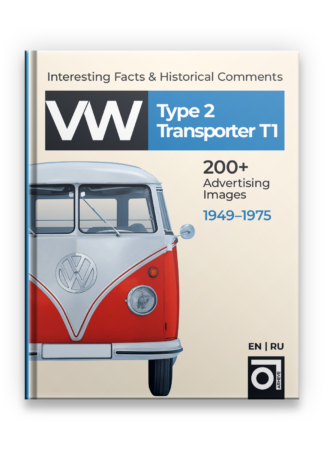
Reviews
There are no reviews yet.